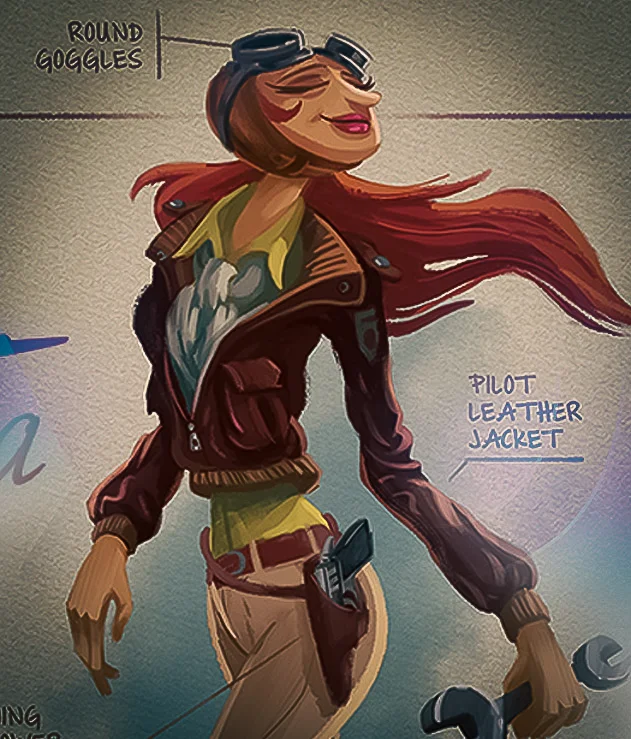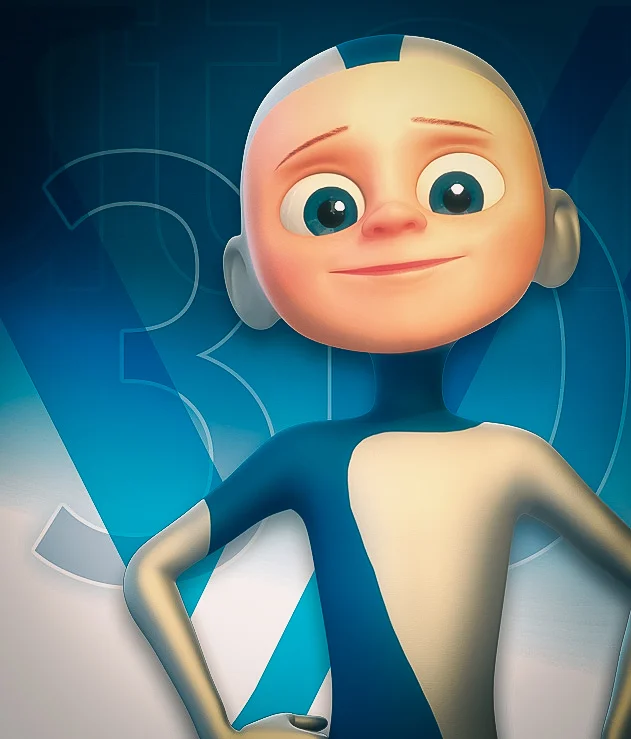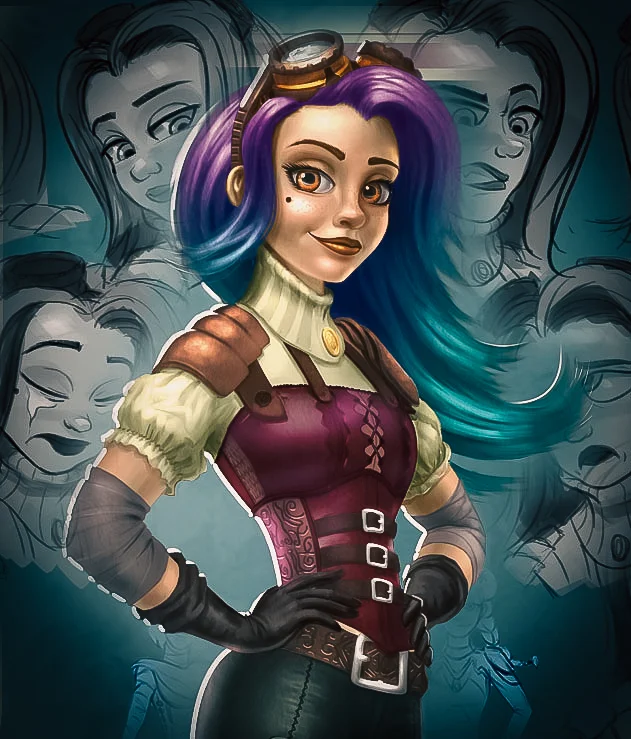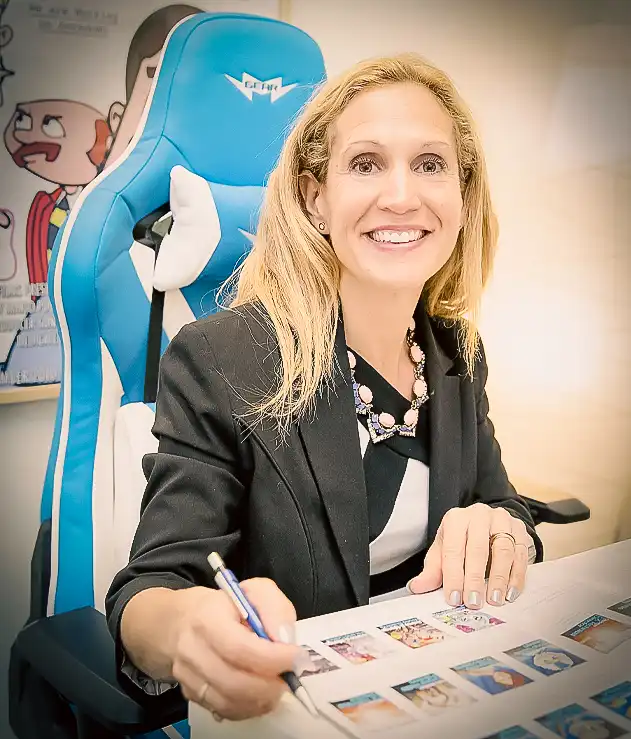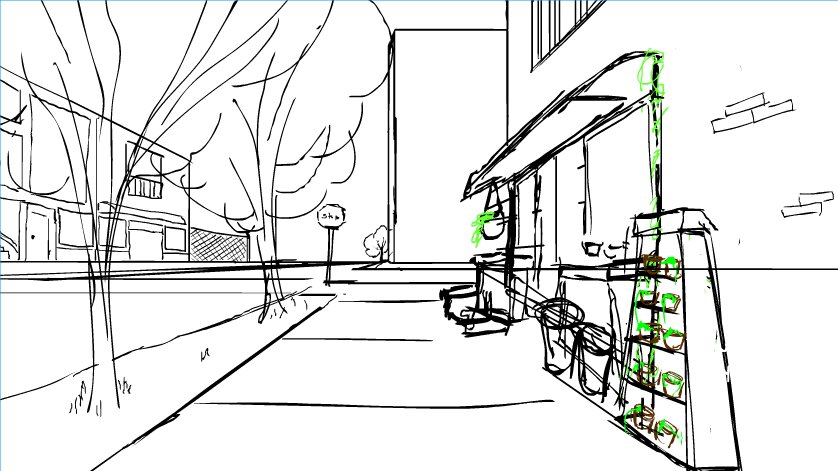
How to Start Drawing as a Beginner
Are you intrigued by the mesmerizing world of drawing? Have you always admired the artistry of skilled artists and wondered how they bring their imagination to life on paper? Well, it's time to unlock your own artistic potential and embark on a drawing journey of your own!
Whether you're a complete novice or have dabbled in drawing before, this article is here to guide you on your path to becoming a confident artist. We'll provide you with easy-to-follow tips and techniques that will help you lay a solid foundation and develop your skills at your own pace.
So, if you're ready to immerse yourself in the creative process and express your unique perspective through drawings, let's dive in!
Key Takeaways:
- Develop your artistic potential through easy-to-follow tips and techniques
- Choose the right drawing tools and materials for your preferred style
- Master basic drawing techniques such as shading, perspective, and proportions
- Explore the exciting world of digital art and its possibilities for drawing
- Overcome common drawing challenges and keep improving your skills
Understanding Different Drawing Tools and Materials
When it comes to drawing, having the right tools and materials is essential for bringing your artistic vision to life. In this section, we'll explore the various drawing tools and materials that you can use to create stunning artworks.
Pens and Inks
A good pen is a versatile tool that every artist should have in their arsenal. There are various types of pens available, ranging from ballpoint pens to technical pens. Each pen offers unique qualities and effects, allowing you to experiment with different line weights and textures. When it comes to inks, there is a wide range of options to choose from, including India ink, fountain pen ink, and brush inks. Inks offer vibrant colors and smooth application, adding depth and richness to your drawings.
Graphite
Graphite pencils are a staple for many artists. These pencils come in different grades, from soft to hard, allowing you to achieve a wide range of values and shades. Whether you're creating detailed sketches or shading a drawing, graphite pencils offer control and precision.
Charcoal
If you're looking to create expressive and dramatic drawings, charcoal is the perfect medium. Charcoal sticks and pencils can be used to achieve bold and gestural strokes, adding texture and depth to your artwork. With charcoal, you can create striking contrasts and convey emotions through your drawings.
By understanding the unique qualities and effects of different drawing tools and materials, you can choose the right ones that align with your preferred drawing style. Experimenting with pens, inks, graphites, and charcoals will enhance your artistic journey and allow you to achieve the desired results in your artworks. So don't be afraid to try out different tools and materials – let your creativity soar!
Mastering Basic Drawing Techniques
Learning basic drawing techniques is essential for beginners who want to develop their artistic skills. By mastering these foundational skills, you can create artwork that is more realistic and visually appealing. In this section, we will explore three fundamental techniques: shading, perspective, and proportions.
Shading
Shading is the technique used to create depth and dimension in a drawing. It involves varying the intensity and direction of pencil or pen strokes to represent light and shadow. By understanding how light interacts with objects, you can add form and realism to your drawings. Experiment with different shading techniques like cross-hatching, stippling, and blending to achieve the desired effect.
Perspective
Perspective refers to the way objects appear in relation to one another in a drawing. It helps create an illusion of depth and three-dimensionality on a two-dimensional surface. By mastering perspective, you can accurately depict the size, scale, and position of objects in your artwork. Learn about one-point, two-point, and three-point perspective to effectively represent space and distance in your drawings.
Proportions
Proportions are crucial for creating realistic and well-balanced drawings. Understanding the proportions of the human body, objects, and landscapes will help you accurately depict their size and shape. Start by learning basic proportions of the human figure, such as the height of the head compared to the body, and the length of the limbs in relation to the torso. With practice, you'll be able to apply these principles to any subject you wish to draw.
To master these basic drawing techniques, it's important to practice regularly and seek guidance from experienced artists. Joining a drawing class or workshop can provide valuable feedback and insights that will accelerate your progress. Remember, developing your drawing skills takes time and patience, so don't get discouraged if your early attempts aren't perfect. Keep practicing and experimenting, and you'll see improvement over time.
Exploring Digital Art for Drawing
In the digital age, the world of drawing has expanded beyond traditional mediums. Welcome to the exciting realm of digital art, where creativity knows no bounds. Whether you're a beginner or an experienced artist, incorporating digital drawing into your artistic journey can open up a world of possibilities.
With the rise of digital technology, artists now have access to a wide range of digital drawing tools that can be used to create stunning artworks. From graphic tablets and styluses to advanced software programs, these tools offer a level of precision, flexibility, and convenience that traditional art supplies may not provide.
If you're new to digital drawing, don't worry! There are plenty of resources available to help you get started. One great option is to enroll in digital animation courses offered by VANAS Online Animation School. These courses are designed to equip aspiring artists with the necessary knowledge and skills to excel in the field of digital art.
Why Choose VANAS Online Animation School?
"VANAS Online Animation School offers industry-leading digital animation courses that cater to artists of all skill levels. Their comprehensive curriculum covers various aspects of digital art, including digital drawing, animation, character design, and more. With experienced instructors and flexible online learning options, VANAS is committed to nurturing the creative talent of tomorrow."
By enrolling in VANAS's digital animation courses, you'll gain hands-on experience with industry-standard software and techniques. You'll learn how to bring your drawings to life through animation and develop a strong foundation in digital artistry. Whether you dream of creating captivating illustrations, designing characters for video games, or producing stunning visual effects, VANAS can help you bring your artistic vision to fruition.
So, why limit yourself to traditional drawing alone? Embrace the possibilities of digital art and embark on an exciting journey of creativity and self-expression. Discover the world of digital drawing tools and unlock your artistic potential with VANAS Online Animation School.
Tips for Overcoming Common Drawing Challenges
Embarking on your drawing journey can be both exciting and challenging. As a beginner, you may encounter common obstacles that can hinder your progress. In this section, we'll address some of these challenges and provide practical tips and strategies to help you overcome them. By implementing these techniques, you'll be able to navigate through the early stages of your artistic development with confidence.
Overcoming Beginner Mistakes
It's natural for beginners to make mistakes when learning to draw. These mistakes can include uneven proportions, shaky lines, or difficulty capturing realistic details. But don't let these setbacks discourage you. Embrace them as learning opportunities and keep practicing. One helpful tip is to study reference images and break them down into simple shapes. This will help you understand the basic structure of objects and improve your accuracy.
Dealing with Artist's Block
Artist's block, a common phenomenon among creatives, can sometimes leave you feeling stuck and uninspired. When you experience a creative block, try exploring different subjects or genres to reignite your passion. Experiment with different art mediums or take a break from drawing and engage in other activities that stimulate your creativity. Remember, artist's block is temporary, and by taking a step back and trying new things, you'll find your inspiration flowing once again.
Improving Drawing Skills
Improving your drawing skills requires consistent practice and dedication. Set aside regular drawing sessions to focus on specific areas you want to improve, such as shading, perspective, or capturing textures. Additionally, seeking feedback from other artists or joining a supportive community can provide valuable insights and motivation. Don't shy away from constructive criticism, as it can help you identify areas where you can enhance your skills and take your drawings to the next level.
Remember, as a beginner, it's essential to be patient with yourself. Mastery takes time, and every drawing challenge you encounter is an opportunity for growth. With perseverance and a positive mindset, you'll overcome these hurdles and continue improving your drawing skills.
Conclusion
In summary, drawing is a wonderful artistic pursuit that anyone can enjoy and excel in with the right guidance and practice.
By starting with the basics and understanding different tools and materials, you can lay a strong foundation for your drawing skills. One of the crucial aspects of improving your drawing is mastering essential techniques like shading, perspective, and proportions. These skills will help bring life and realism to your artwork.
Exploring digital art opens up new possibilities and allows you to take your drawings to the next level. Learning about digital drawing tools and enrolling in online animation courses, such as those offered by VANAS Online Animation School, can unlock your creativity and enhance your artistic journey.
While challenges may arise, such as beginner mistakes and artist's block, remember that perseverance and continuous improvement are key. Overcoming these obstacles and constantly pushing yourself to improve will lead to great strides in your drawing skills. So don't wait any longer – seize the opportunity to embark on your drawing journey today and unleash your creative potential!
FAQ
Where can I start as a beginner to drawing?
As a beginner to drawing, it's best to start by exploring the basics. You can begin by practicing easy-to-follow tips and techniques that will help unlock your artistic potential. Whether it's sketching, illustration, fine art, or doodling, there are resources and tutorials available to help you get started on your drawing journey.
What are the different drawing tools and materials I should know about?
There are various drawing tools and materials used in the art of drawing. These include pens, inks, graphites, and charcoals. Each tool has unique qualities and effects, so it's important to understand their characteristics and choose the right ones for your preferred drawing style. Experimenting with different tools will broaden your artistic range and allow you to achieve specific artistic results.
What are some basic drawing techniques that I should master?
Mastering basic drawing techniques is essential for beginners. Some of these techniques include shading, perspective, and proportions. Understanding how to create realistic shading, achieve proper perspective, and accurately portray proportions will improve the overall quality of your drawings. With practice and guidance, you'll develop a solid foundation in these fundamental skills, enhancing your artwork.
How can I explore digital art for my drawings?
In the digital age, digital art offers new possibilities for drawing. You can explore digital drawing tools that provide a wide range of features and effects. Digital art also opens doors to animation and other graphic design opportunities. To excel in digital art, you can consider enrolling in online animation courses offered by VANAS Online Animation School, which will provide you with the necessary knowledge and skills.
What tips can you provide for overcoming common drawing challenges?
Drawing challenges are common, especially for beginners. Some challenges include making mistakes and encountering artist's block. To overcome these obstacles, it's important to embrace mistakes as part of the learning process and not get discouraged. Additionally, you can explore various techniques, seek inspiration from other artists, and take breaks when faced with artist's block. By continuously practicing and pushing through challenges, you'll find yourself improving your drawing skills.
How can I unleash my creative potential in drawing?
Unleashing your creative potential in drawing starts with taking the first step. By starting with the basics, understanding different tools and materials, mastering essential techniques, exploring digital art, and overcoming common challenges, you'll be well on your way to becoming a skilled artist. Remember, practice and dedication are key – so don't wait any longer, begin your drawing journey today and let your creativity soar!

